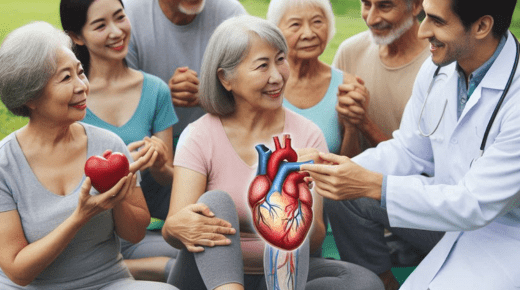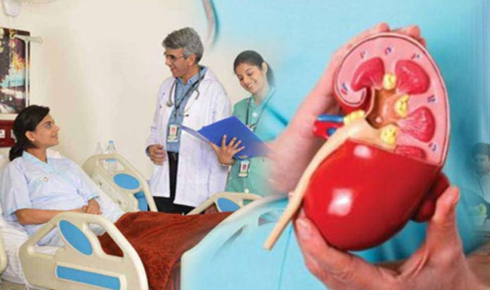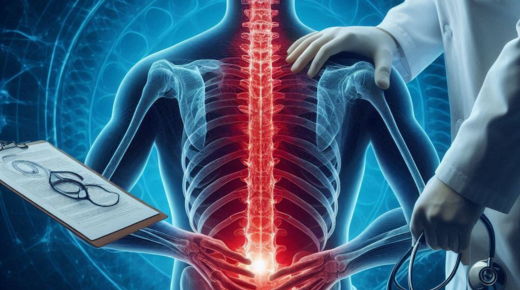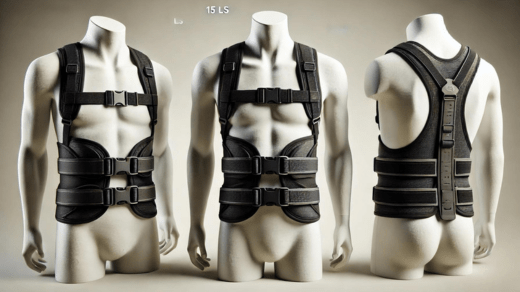Picture walking through the bustling streets of varicose veins NYC . This is an analogy of how blood flows through our body’s arteries. But, what happens when these arteries get clogged? That’s when a cardiologist steps in. With peripheral artery disease, a cardiologist plays a vital role. In the same way, traffic specialists manage New York City’s crowded streets, cardiologists manage circulation in our bodies. Their job? To prevent traffic jams, or in this case, blood clots.
Understanding Peripheral Artery Disease
Peripheral artery disease (PAD) is a common condition. It occurs when there’s a buildup of fatty deposits in the arteries. It’s like rush hour traffic. Things slow down. Circulation to the legs and feet can become poor and just as NYC drivers might feel frustration, people with PAD often experience discomfort or pain.
How Cardiologists Help
A cardiologist is like a city planner for your heart. They study the flow of blood. They make plans to improve that flow. In the case of PAD, they work to remove or bypass the ‘traffic jams’. They can help you return to a more pain-free, mobile life.
Treatment Options for PAD
Cardiologists have a toolbox of treatments for PAD. These include lifestyle changes, medication, and surgeries. Here is a brief overview:
| Treatment | Description |
| Lifestyle Changes | Improving diet, quitting smoking, and increasing exercise can help manage PAD. |
| Medication | Medicines can help improve blood flow, lower blood pressure, and reduce cholesterol. |
| Surgery | Procedures like angioplasty can help open up blocked arteries. |
A cardiologist will guide you through these options. They will help you choose the best path for your health.
Cardiologists Are Key
We trust city planners to manage traffic. We should also trust cardiologists to manage our heart health. Especially when dealing with PAD, their role is crucial. They can prevent traffic jams in our arteries. They can restore flow. They can keep us moving.
Be proactive about your heart health. If you or a loved one show signs of PAD, don’t wait. Consult a cardiologist. For more information on PAD and other heart conditions, visit the Center for Disease Control and Prevention (CDC) website.




